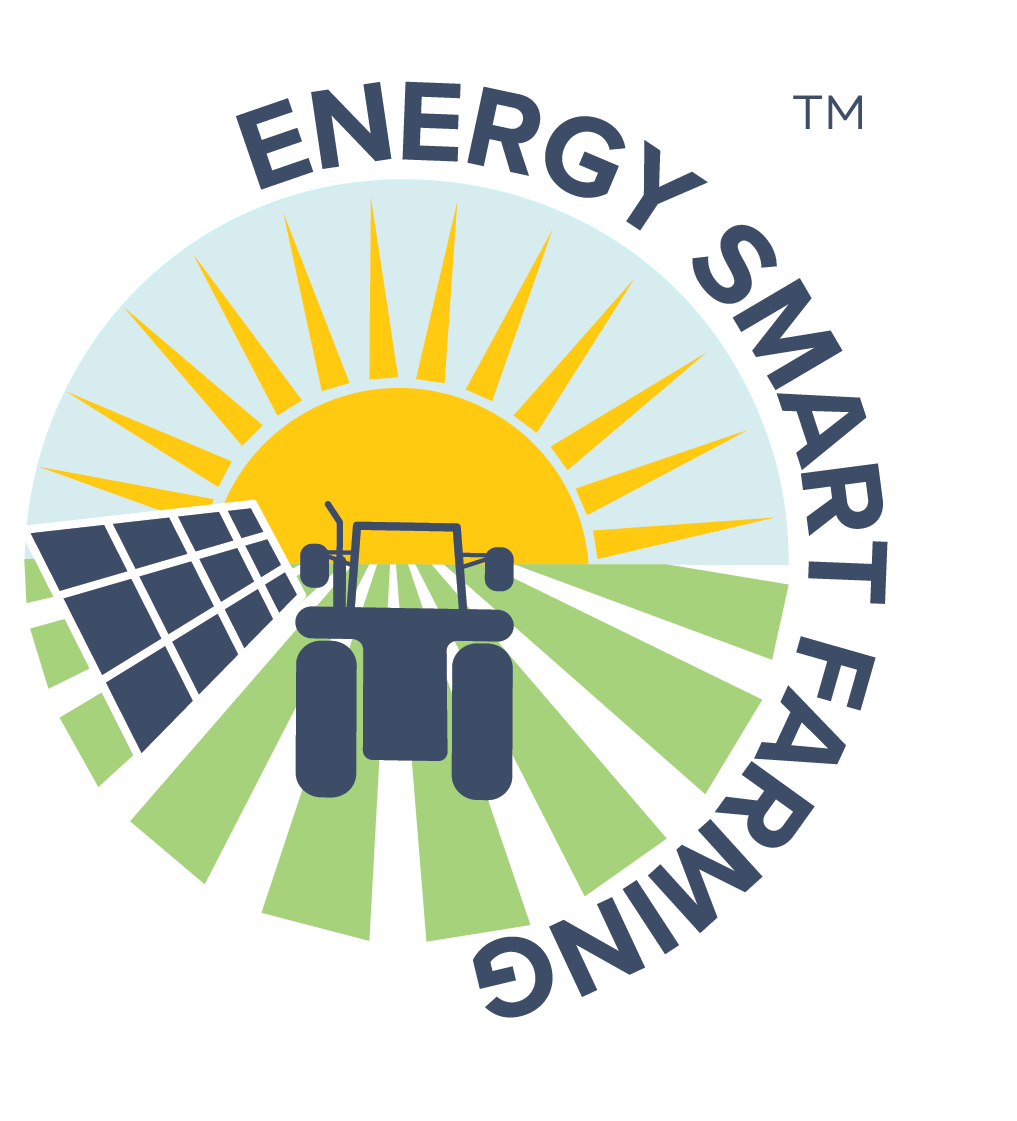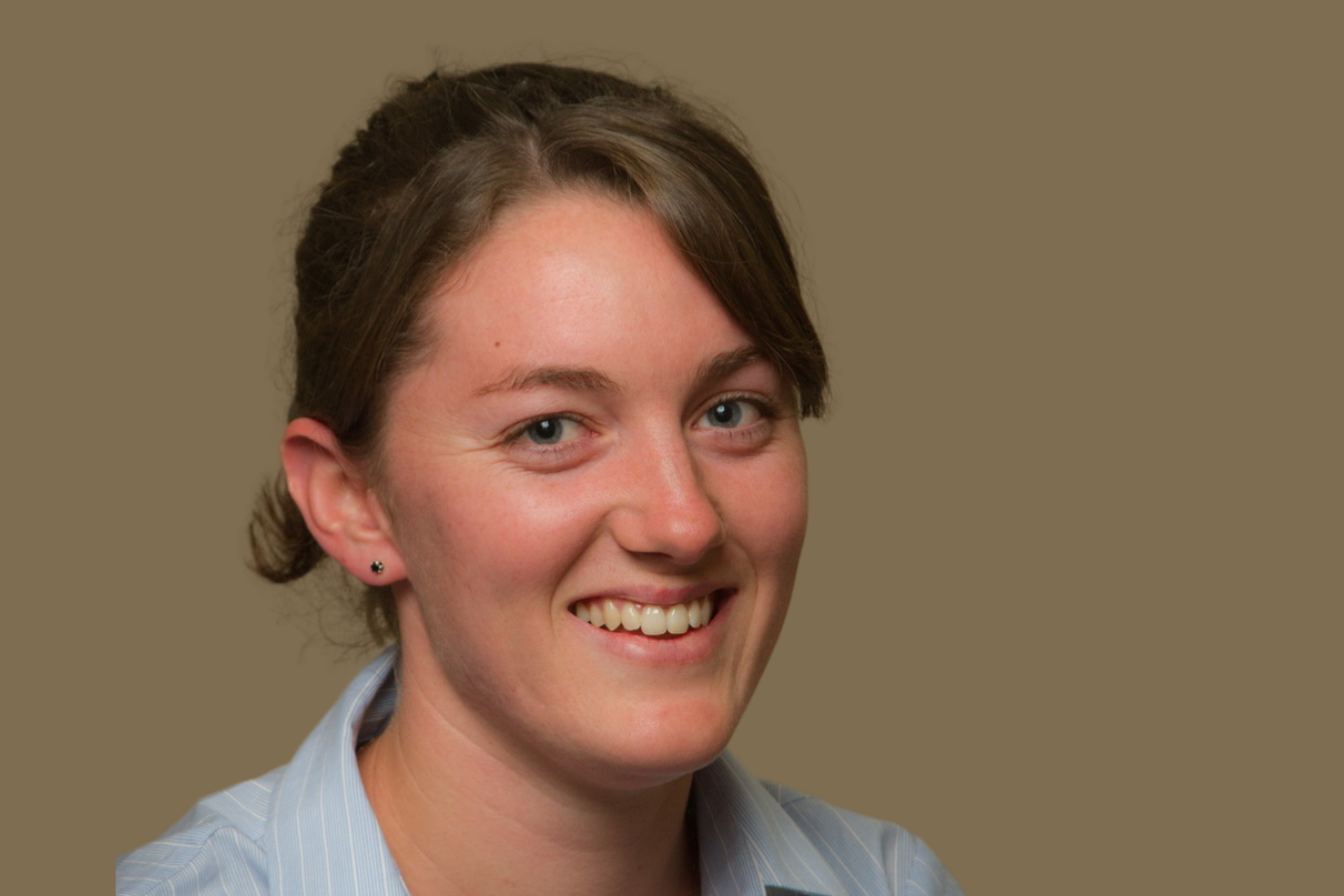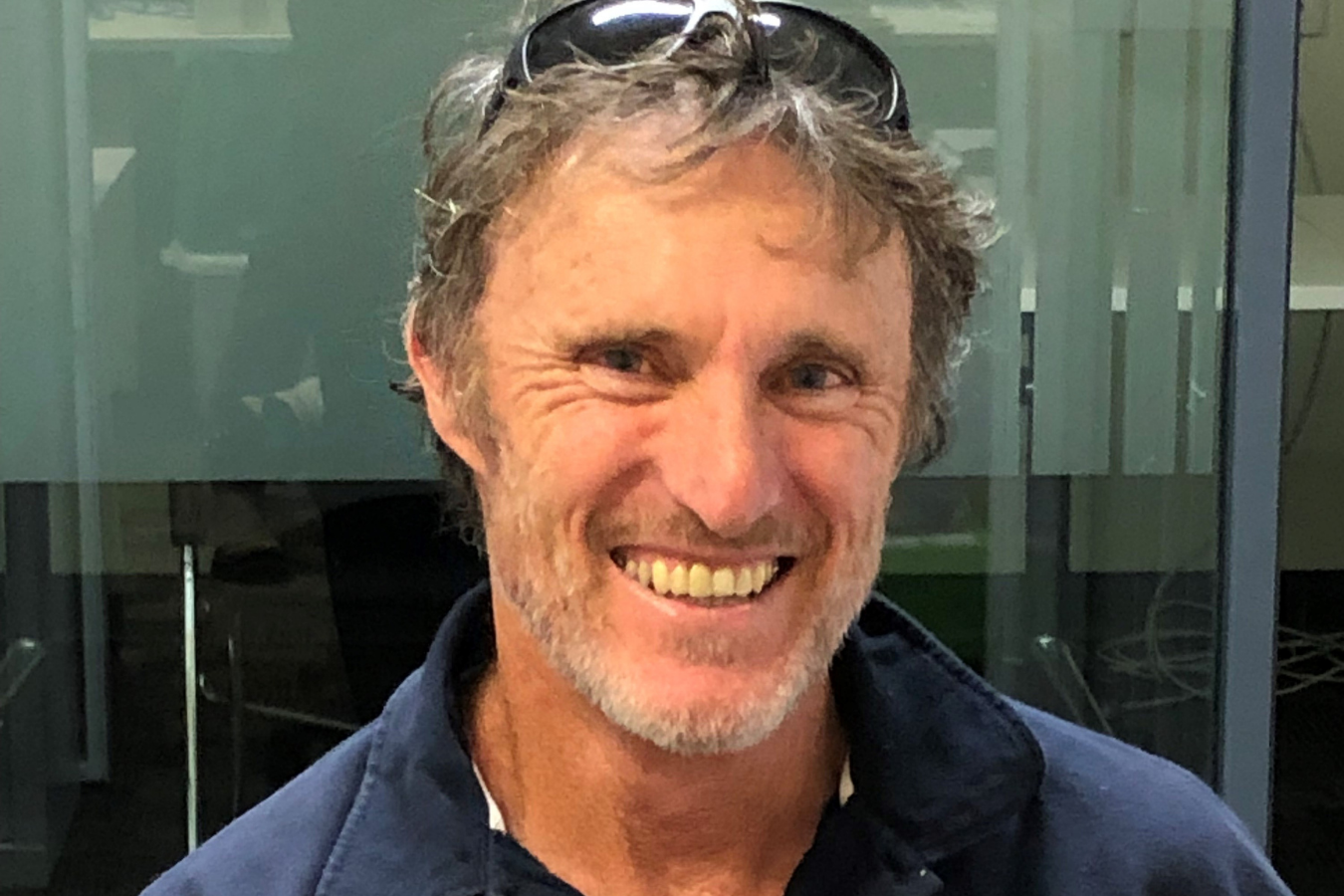Transcript – VEU Program – MainStream Aquaculture
Participating in the Victorian Energy Upgrades (VEU) program is expected to allow MainStream Aquaculture to recoup in the order of 40-50% of the costs associated with the large solar PV installation through sale of Victorian Energy Efficiency Certificates (VEECs), in addition to ongoing energy and cost savings.
MainStream Aquaculture installed a 516kW rooftop solar PV array, reducing their grid electricity consumption by around 11% annually. Through the sale of VEECs, MainStream Aquaculture also expects to recoup 40-50% of project costs.
Company: MainStream Aquaculture
Location: Werribee, VIC
Industry: Agriculture, Fish Farming
Description: Installation of 516kW rooftop solar PV
Project costs: $500,000. (approx.)
Completed: 2021
BUSINESS SUMMARY
MainStream Aquaculture specialises in farming and production of barramundi. The 500sqm farm operates a recirculating aquaculture system 24/7, 365 days a year with significant electricity consumption required to support the hatchery, nursery, growing shed and maintenance shed and office.
PROJECT SUMMARY
MainStream Aquaculture installed a 516kW solar PV array on the facility roof of the main building.
Key outcomes from solar PV system install
- 678 MWh of grid electricity saved per year, representing an 11% reduction in annual grid electricity consumption.
- 600 tCO2-e[1] saved annually (estimate based on VEU grid emission factor at the time of project implementation)
- Close to $150,000 saved in reduced annual electricity costs.
- Recouped costs in the order of $250,000-$350,000 from the one-off sale of around 6,000 VEECs[2]
Other project benefits
On hot days the power consumption from the heating ventilation and air conditioning systems can be very high. On these days, the solar system should reduce the peak loads during the hottest period of the day reducing the electrical strain on the local network.
HOW THE PROCESS WORKS
Opportunity identification and implementation
MainStream Aquaculture first identified that solar panel was a good business opportunity given the large available roof space on the facility and the high electricity consumption required for constant recirculation of water in the aquaculture system. They contacted the Department of Agriculture about participating in the Victorian Energy Upgrades program.
“We then went into the project expecting to get a minimum of 30% of the cost recovered. The figure is a little bit dependent on the price of VEECs and so forth but is probably closer to 40 or 50%.” –Paul, Co-Founder MainStream Aquaculture
Measurement and verification (M&V)
The Accredited Person (AP)
To participate in the VEU program, an AP is engaged by the farmer, typically for no upfront cost[3]. The AP guides the farmer through the process, based on data provided by the farmer and calculating the energy savings required to produce VEECs.
M&V Plan
To enable the eventual production of VEECs, a measurement and verification (M&V) process is used to calculate the energy savings associated with the project’s implementation.
First, the site’s typical energy consumption patterns under business-as-usual operation must be determined, which is called the baseline energy consumption of the farm. The AP requests various data records of variables that impact on-farm energy consumption.
MainStream Aquaculture provided 12 months’ of data for production and electricity consumption[4] on the farm. From this data a satisfactory baseline was developed such that the M&V method could be utilised, and the AP applied for pre-approval to participate in the VEU program by submitting a scoping plan.
“The VEU program hasn’t required a huge investment in time from my side. The Accredited Person does a lot of the work, so it’s one where you’re really just having to provide some information and gain some assistance in getting the job done.” –Paul, Co-Founder MainStream Aquaculture
Key considerations
Being able to provide good quality, validated data will maximise the number of VEECs you can generate using the M&V method under the VEU program. Working with the AP may require anywhere from 5-15 hours of your time as the AP carefully guides you through the VEU’s paperwork and submission requirements, however, the time invested can produce significant financial returns.
For some projects it might be necessary to install sub-metering to measure energy consumption before and after project implementation, however for this project site-level data was appropriate.
It is critical that the AP develops the farm’s baseline energy consumption and has their M&V Plan approved by the Essential Services Commission (ESC[5]) before picking up any tools or purchasing any equipment. If the project works commence before approval to participate in the VEU program, the project is automatically ineligible.
CHALLENGES AND LESSONS LEARNT
Involving the AP in the process as early as possible ensures they can explain the process for participating in the VEU program and let you know what is needed along the way. One of the challenges in agriculture is understanding annual growth cycles and farming activities sufficiently well to estimate efficiency gains over a baseline.
One of the challenges for this project was determining which variables had the biggest impact on energy consumption on-farm. Through regular communication with the AP, a suitable energy model and energy baseline related to fish growth patterns was determined, allowing the project to generate VEECs.
[1] tonnes of carbon dioxide equivalent.
[2] VEECs are sold by an Accredited Person on behalf of the farmer to recoup some of the costs of the project.
[3] Similar to other brokerage services, APs often do not require up-front payment, and instead take a pre-determined portion of the VEEC sale price. However, APs can also offer different commercial arrangements.
[4] Electrical interval data can be requested from your retailer or your local network provider, and the AP can guide you through this process.
[5] The ESC decides whether or not a project is eligible to participate in the VEU program, and APs deal directly with the ESC on behalf of the farmer.
MORE INFORMATION
How does the VEU program work? https://extensionaus.com.au/energysmartfarming/veu-process/
List of APs: https://www.veu-registry.vic.gov.au/Public/Participants2.aspx
Agriculture Victoria website: https://agriculture.vic.gov.au/farm-management/energy-on-farm
VEU Website: https://www.esc.vic.gov.au/victorian-energy-upgrades-program




